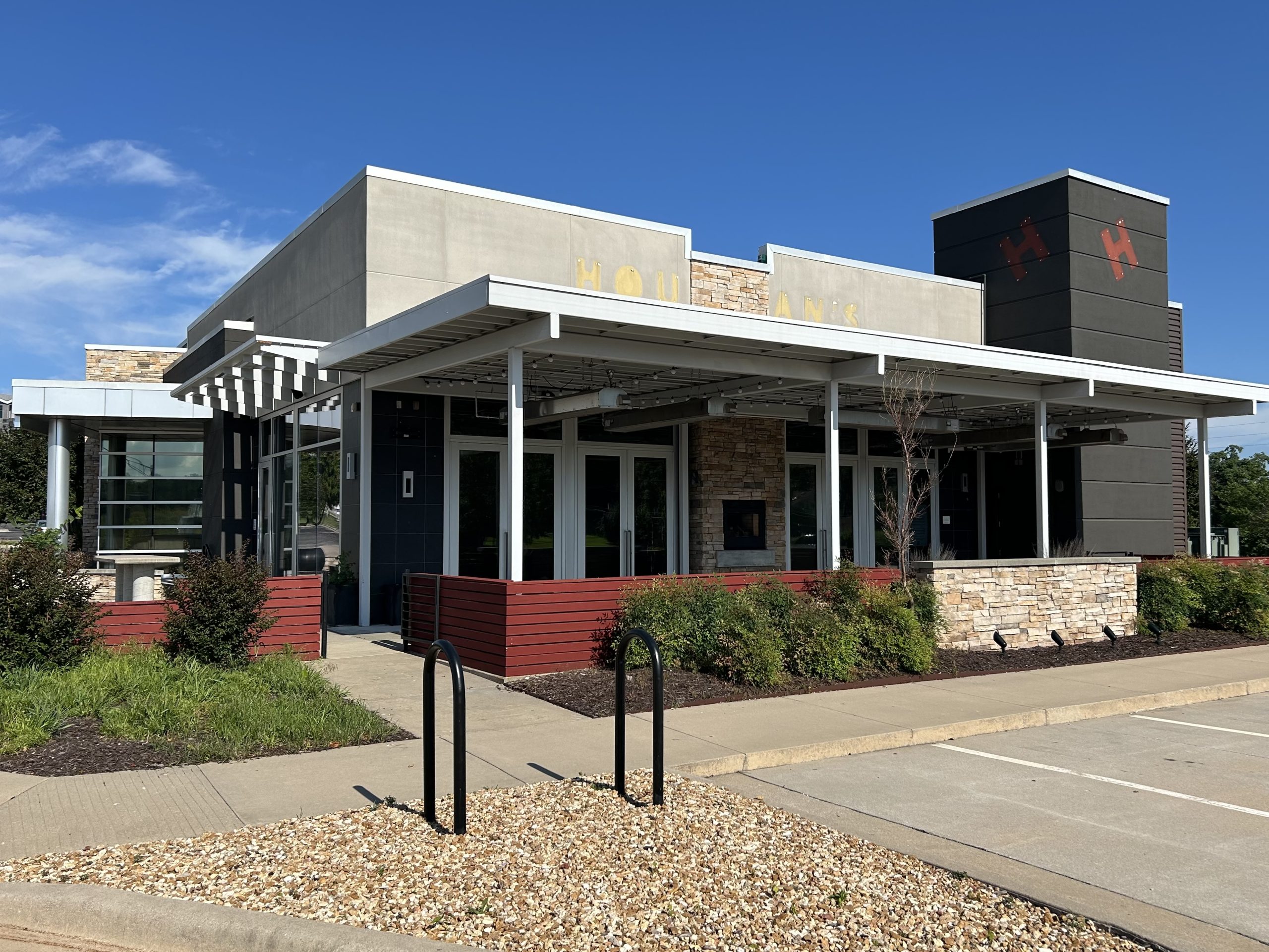Hey Answer Man! Maps show that Highway 65 in Springfield is called “Schoolcraft Freeway.” But no one calls it that. A few years ago, I called 9-1-1 and described a location as being at “Schoolcraft Freeway,” and the person did not know what I was talking about. Maybe it was a new employee. But why doesn't anyone call it that? — Patrick Boyle, of Springfield
Patrick, I don't know if I can answer that.
Similarly, for example, Springfield is also called the “Queen City.” Not everyone knows that, and not everyone calls it the “Queen City.”
Nevertheless, I'll take an educated guess as to why the words “Schoolcraft Freeway” are so rarely spoken.
It's because few people know who Henry Rowe Schoolcraft was.

First of all, he's been dead since 1864.
Second, who names a major highway after a geographer, geologist and ethnographer?
It's as if John Sellars of the history museum and noted Ozarks historian Brooks Blevins had a few drinks and declared: “Hey buddy! Let's rename a highway!”
Third, Schoolcraft never lived here. He hiked here.
In a 2015 Answer Man column in the Springfield News-Leader, I explained who Schoolcraft was. (A bit earlier I was being interviewed on radio station KWTO AM 560 when host Bonnie Bell asked me on-air who or what a “Schoolcraft” was: I had no clue.)
Schoolcraft was born in New York and headed west to study Native American cultures. His expertise culminated in his six-volume “Indian Tribes of the United States.”
The Springfield connection
His Ozarks connection is that he and a guy named Levi Pettibone traveled on foot across the Ozarks from November 1818 to January 1819. Schoolcraft observed closely and took many notes.
Of course, Native Americans had lived here for thousands of years, and a few white settlers were present. But Schoolcraft was the first to write in detail about the area. He paid attention to possible mineral deposits.

He and Pettibone entered Springfield from the south, after having been on the White River in Arkansas. He got as far north as what is now Sunshine Street.
Later in life, Schoolcraft married a Native American woman, and he learned to speak Ojibwe, also spelled Ojibwa or Ojibway.
The full title of his book about the Ozarks was not what journalists of today would call clickbait: “Journal of a Tour Into the Interior of Missouri and Arkansas, from Potosi, or Mine a' Burton, in Missouri Territory, in a South-west Direction, Toward the Rocky Mountains.”
That would be like labeling this column: “A Well-Intended Response to a Query About a Major Thoroughfare and its Little Known Appellation.”
According to a news story, the Springfield City Council in 1975 designated Highway 65 as “Schoolcraft Freeway,” within city limits, which is from Interstate 44 to the James River Freeway.
This 8.5-mile stretch has had the name for 47 years. As you pointed out, Patrick, it hasn't exactly captured our imaginations like “cashew chicken.”
We narrowly escaped ‘Butterfield Expressway'
I found it interesting that at the same time Highway 65 was given its local, historical name, the same was going to happen for Kansas Expressway (also known as Highway 13.)
It was going to be designated as “Butterfield Expressway.”
The roadway covers the approximate route of the Butterfield Overland Stage, which had a stop at General Smith's Tavern, once at Boonville Avenue near the downtown square.
Yet, this name change never happened.
Why?
According to a story in the Oct. 28, 1975, News-Leader, there were three sources of objection.
It “was denied because of a petition of residents of Kansas Expressway who said the change would create too many complications.
“The U.S. Post Office had also protested the name change because of the number of residents along the expressway.
“Councilman Ann Reed also raised an objection to the proposed change, saying that there would be confusion to residents because of an intersection of the street with Battlefield Road.
“‘It's too similar — Butterfield and Battlefield,' she said.”
I can't help but think how close we came as a city to having the opportunity to give directions on how to get from Grand and Grant to Butterfield and Battlefield.
This is Answer Man Column No. 20.




